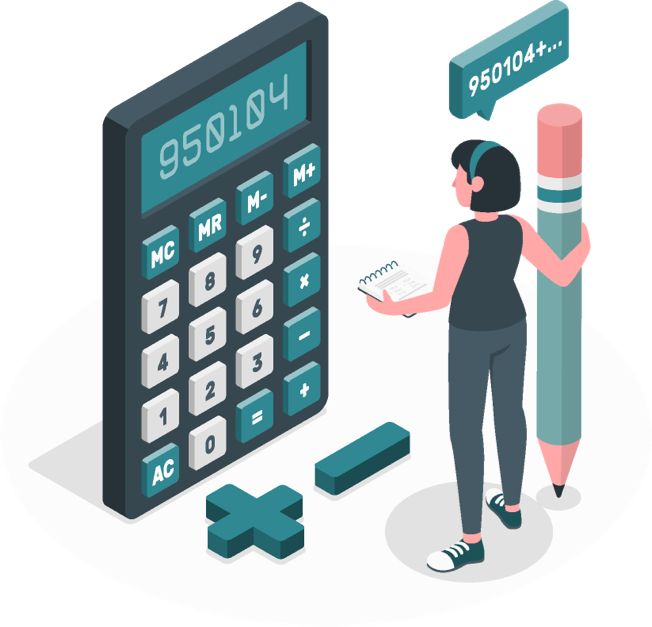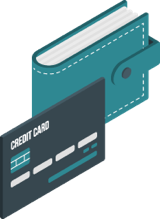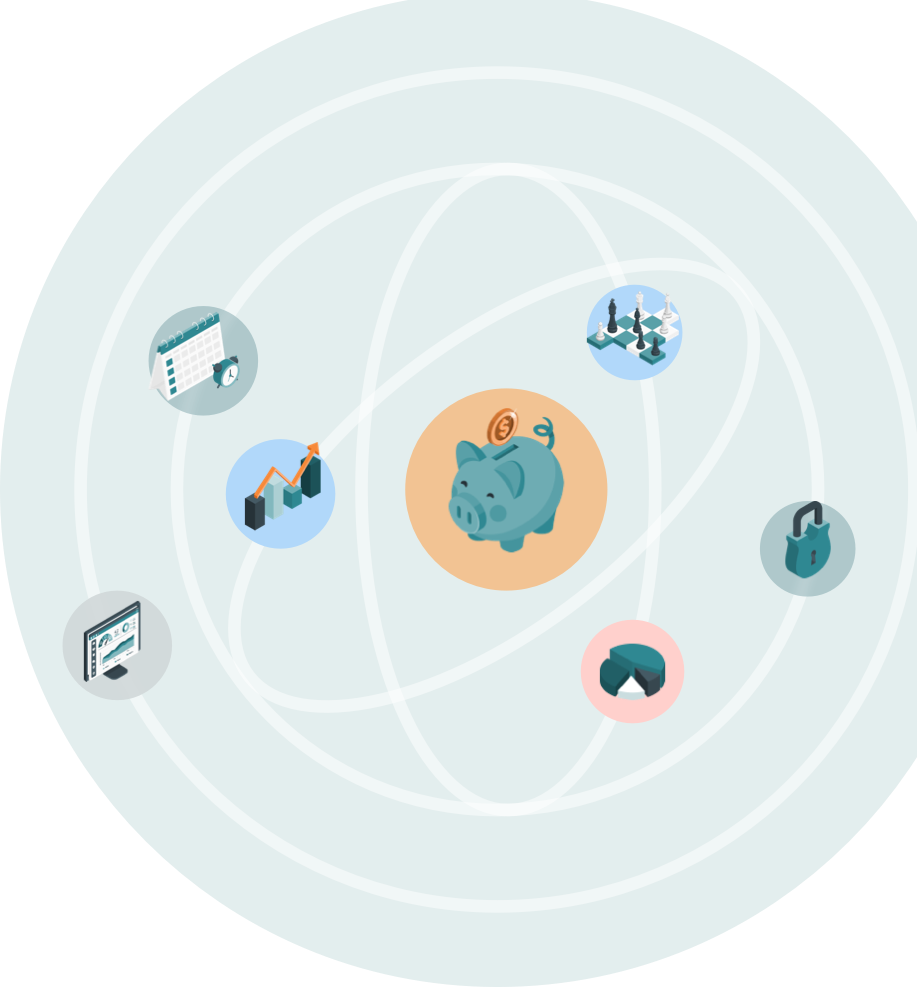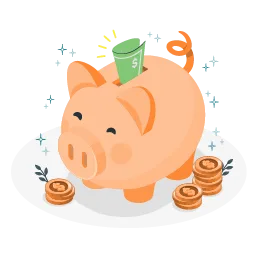Why does 20 years matter?
DRS pension plans are vested, or provide a guaranteed benefit, after 5-10 years of public service. So why then, are we talking about 20 years? Well, your service time is an important part of pension formulas.It takes time to build up the years of service needed to have a substantial pension benefit and 20 years is often considered a significant milestone. Let’s take a closer look at what you might do with 20 years.
Early retirement
Can you retire early after 20 years? The answer is “yes” if you meet certain qualifications according to your plan and system. In fact, any retirement before age 65 is considered early in most plans. While there are some plans, like LEOFF, PSERS and WSPRS that have a different set of early retirement qualifications, we’re going to cover Plans 2 and 3 of PERS, SERS and TRS.
PERS, SERS and TRS Plan 2
Plan 2 is an employer-funded plan also called a defined benefit.
Joined before May 1, 2013 – If you have earned at least 20 years of service credit and are 55 or older, you can choose to retire early, but your benefit will be reduced. There is less of a reduction (in some cases no reduction) if you have 30 or more years of service credit.
If you have 30 or more years of service and you are age 62, you can retire with a full benefit under the 2008 ERF.
Joined after May 1, 2013 – If you have earned at least 20 years of service credit and are 55 or older, you can choose to retire early, but your benefit will be reduced. There is less of a reduction if you have 30 or more years of service credit.
If you were hired on or after May 1, 2013, and retire early (age 55-64) with 30 years of service credit, your benefit will be reduced by 5% for each year (prorated monthly) before you turn age 65.
PERS, SERS and TRS Plan 3
Plan 3 has two parts – a pension benefit and an investment contribution. Each part has different qualification requirements.
Pension benefit: The early retirement rules described above apply to the employer-funded part of your plan. However, with Plan 3, the earliest you can retire is age 55 with a reduced benefit if you have at least 10 service credit years. Plan 3 also has a feature called benefit indexing once you have 20 years of service. Find out more about this below.
Investment contribution: You can withdraw from your investment account at any time after separating employment.
See more about early retirement as it relates to your plan and system.
Other 20-year milestones
Here are a couple more considerations for your retirement planning goals that are marked by the 20-year point in your career.
Plan 3 benefit indexing
If you have at least 20 years or service once you separate employment, you could qualify for benefit indexing. For every month you delay collecting your pension, your benefit amount will increase by 0.25%. Benefit indexing stops once you reach your normal retirement age. To take full advantage of the benefit indexing increase, some Plan 3 members use their investment or other retirement savings account to fund their early retirement until they reach age 65 and begin collecting their pension benefit.
Increase your DCP
While you’re thinking about retiring with 20 years, and you’re age 50 or over, take a look at what DCP has to offer.
Catch-up options
Participants age 50 and older: You’re allowed an additional $7,500, for a maximum limit of $31,000.
Special Catch-up limit: In addition to the limits above, a Special Catch-up limit of $47,000 could be available to those participants nearing retirement. To determine your eligibility, call DRS at 800-547-6657.
See the catch-up options video for more.
More resources – DRS videos and webinars
You can watch a video or attend a live webinar about early retirement. This PERS, SERS, TRS early retirement video can get you started while you’re thinking about retiring with 20 service credit years. See the webinars webpage and the DRS video library for additional topics.
And don’t forget to check out the Fund Your Future with DRS podcast, Retiring at 55 – pros and cons.





 15
15
 945K
945K
 $8.1B
$8.1B
 $197B
$197B









